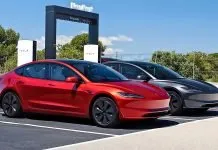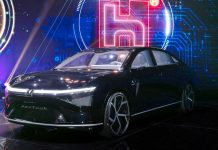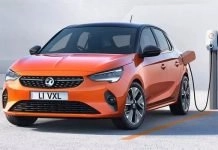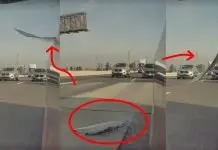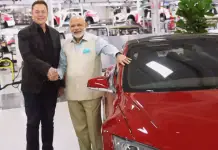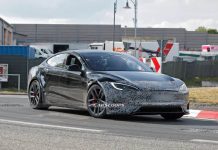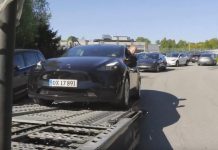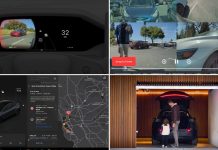It is common knowledge that one can charge electric vehicles by towing them while in gear. The idea is that when you are in drive gear, you can allow the system to activate the regenerative braking system. And since you are not giving any throttle while being towed, the regenerative braking begins right away and stays activated. This means that your motors act as generators and send power to the battery pack.
Now, this is something that some enthusiasts have attempted just for fun. This included dragging the vehicle at slow speeds (18 mph, or 29 kph) around a deserted parking lot. This does not really generate a lot of power, however. Rich, the man behind the “Warped Perception” YouTube channel, decided to take this to the next level.
Man Charges Tesla Model S by Towing it with Mercedes
“Warped Perception”
Rich is famous for making some really interesting videos and sharing them through his YouTube channel. The genre, if you may, is perception-warping videos about cars and engines. He makes videos about concepts that you probably have never thought about from a certain perspective.
Rich got the idea for this when he himself was stranded away from home with his Model S very low on battery. He plugged his car into the nearest charger (which was the only one in the vicinity), but it showed an estimate of around 3 hours needed to charge the car sufficiently for him to get home. After that incident, he once realized that the regenerative braking system generates around 65 kW of power at around 70 mph (113 kph).
That is when he knew he had to try it out.
The Experiment
The idea was to tie his Model S to another vehicle, put it in gear, and tow it for around 25 miles (40 km). For this purpose, he decided to use a Mercedes Benz E55. The only theoretical issue was the possible heating of the transmission system of the E55. After all, it had to overcome around 87 brake horsepower to pull the vehicle behind it.
Rich began his journey at 35% and drove his Model S to a spot where chargers weren’t in the vicinity. By the time he reached the spot, the vehicle had discharged to 14%. This was kind of a high-risk experiment since there was a possibility that he would be stranded if it did not go his way.
He tied up the two vehicles and had a friend drive the Mercedes, while he himself got into his Tesla. They got onto the freeway and camped out in the right lane, slowly speeding up. By the time the vehicles reached 70 mph (113 kph), the car was already at 17%.
Once at 70 mph, the charge power was at a constant 65 kW. Now, this is not exactly Supercharger-level speed (not even V1), but it is decent. Definitely not bad for a worst-case scenario. The regenerative braking charged up the vehicle steadily, although the added weight meant that the Mercedes was drinking up fuel by the gallon.
In just 20 miles (32.2 km), the Mercedes used up 4 gallons (15 liters). That is a fuel economy of 5 miles per gallon (2.12 km per liter) – quite a woeful figure. But the journey continued.
Final Result
At the end of the 25 miles (40 km), they had managed to charge the Model S up to 55%. That meant they replenished around 41% of the battery in 25 miles of regenerative braking. That is a decent bit of charging. If you consider that the Model S has around 400 miles (644 km) of range today, this may entail around 160 miles (258 km) of range through this method.
Of course, this is not an entirely effective method. It also may be hazardous and it isn’t really recommended that one tries this. But in a worst-case scenario, if you want to get just a few miles of charge, it may be useful. Still, some people may prefer tow trucks.
You can watch the entire video here:





